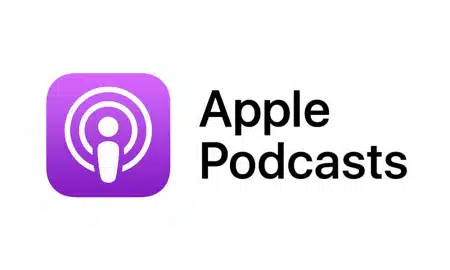In this episode of Broadcast2Post, our panel of engineers will discuss collaborative editing best practices for post production teams. This is not a product pitch- the engineers discuss key considerations when designing a shared storage ecosystem, and success with media management, file-sharing, archive, and cloud workflow.
Our goal is to help your team make better decisions while researching the equipment, the workflow, and the deployment of the right technology in your production. If you need help building out or improving your post production workflow- don’t hesitate to contact Key Code Media.
Below, we’ll review some terms and pain points teams must consider when selecting shared storage for media teams.
What are the types of shared storage for video production?
- SAN (Storage Area Network) is a network of storage devices that can be accessed by multiple servers or computers, providing a shared pool of storage space. Each computer on the network can access storage on the SAN as though they were local disks connected directly to the computer.
- NAS (Network Attached Storage) is a file-level storage architecture that makes stored data more accessible to networked devices. NAS is 1 of the 3 main storage architectures—along with storage area networks (SAN) and direct-attached storage (DAS). NAS gives networks a single access point for storage with built-in security, management, and fault-tolerant capabilities.
- Cloud storage provides tiers of fast active or slow archive storage. There are also storage filesystems that can be overlayed in the cloud-like Avid and Editshare EFSv, which mirror how facility storage works and responds- but in the cloud.
What are key questions to ask when considering shared storage?
At Key Code Media, we typically as customers several questions prior to determining what products make sense for a workflow. Ask yourself, before selecting vendors:
- Who needs access to what and are they on-premises or working from home? What are the types and sizes of the files each editor needs?
- What are the delivery requirements? Do you need multiple file formats? Producer or client review, and approve? Archive? Do you need certain workgroups or users to be limited to read-only access?
- Backups, Archive, Security – Do the projects require you to archive up-front or at the end of a project? How are you maintaining safety from hardware problems, slipped finger deletions, and ransomware?
- Are you planning to put some or all media in the cloud?
- What about your staff? Who needs access to what? How do we get all these people (editors, colorists, directors, producers, AEs, PAs) to adopt a shared system, workflow, and process?
The point of all these is to get you the best solutions, and best workflow to keep your business or productions humming along. Contact Key Code Media if you need help.
Why Key Code Media?
Key Code Media is the preferred resource for audiovisual equipment, installation, and aftermarket support. We approach both complex projects and equipment procurement with a high-touch customer service focus, ensuring equipment is delivered, installed, and adopted by a customer successfully. We focus on your vision and business needs, deploying solutions that work today and into the future, keeping you ahead of technology. (Calif C7 & C10 contractor’s #1010561)
OUR SOLUTIONS INCLUDE
- A/V Equipment (Conference Rooms, Lecture Halls, Classrooms, Video Walls, Collaborative Offices, City Council Chambers, Programming)
- Broadcast Equipment (Comm Systems, Flypacks, OB Truck, and Control Rooms)
- Post Production Equipment (Audio Suites, Video Edit Suites, Creative Workflow and Shared Storage)





